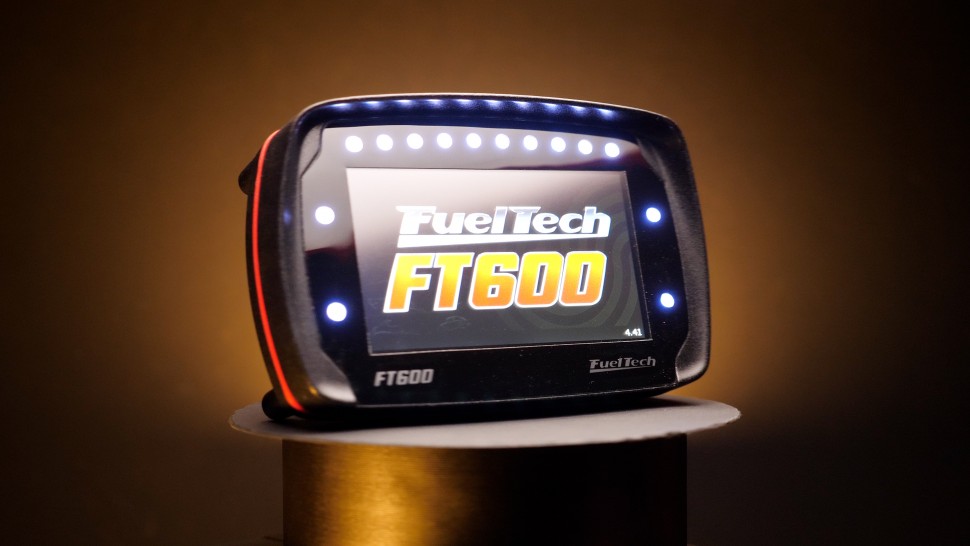| 00:00 |
Following CAD we have CAM or Computer Aided Manufacturing.
|
| 00:03 |
In other words using our 3D model and computer software to generate instructions for our machine to manufacture the design.
|
| 00:12 |
In the 3D printing space CAM is widely referred to as slicing due to how the model is manufactured in layers.
|
| 00:19 |
So, the software slices the model up into those layers.
|
| 00:23 |
While the last CAD step will likely be a key step in all our projects, we could end up skipping the slicing step altogether.
|
| 00:30 |
Put simply, if we're getting our part manufactured for us, then the manufacturer will be responsible for this step of slicing and the next step of printing as well.
|
| 00:40 |
That said, it's still good to understand what's involved and the reality is the majority of 3D printing projects are done on FDM or SLA printers, which if you're taking this course there's a good chance you'll own or at least have access to.
|
| 00:55 |
Assuming our printer is set up and ready to use, the initial step after transferring the model into our slicing software is usually deciding on the print orientation.
|
| 01:05 |
No matter what type of 3D printing we're using, print orientation can have a significant impact on the aesthetics and mechanical properties of the part, as well as other factors like print time and support structures.
|
| 01:18 |
One of the primary drivers for the print orientation are the support structures, which we're usually trying to do.
|
| 01:24 |
An FDM which has the least isotropy and mechanical properties, we often base the print orientation on the direction of the loading for the part.
|
| 01:34 |
Also the layer lines are most noticeable in FDM, so aesthetics play a large role.
|
| 01:40 |
For SLA, the layer lines are less obvious and the mechanical properties are much more isotropic, so what becomes more important is how the model interacts with the release film and the support structures.
|
| 01:53 |
With the model oriented, Once we've annotated as desired, we can move on to the print settings.
|
| 01:57 |
Some of these depend on what we're trying to achieve, like the layer height and infill density.
|
| 02:03 |
For example, if we want to get a better surface finish, we'll use a smaller layer height at the expense of print time.
|
| 02:09 |
Or if we want a stronger part, we'll use a higher infill density at the expense of material usage and weight.
|
| 02:16 |
Other settings are more simply about achieving quality results for the specific material that we're using.
|
| 02:22 |
Be it the thermoplastic filament for FDM, photopolymer resin for SLA, or even one of the many powders for SLS or SLM.
|
| 02:31 |
For FDM, this will be the nozzle, bed and enclosure temperatures, as well as fan speeds and print speeds to name a few.
|
| 02:38 |
For SLA on the other hand, this will be more about the exposure time and lift speeds.
|
| 02:43 |
Luckily, in either case, we'll usually be able to get a good starting point using the default settings or those recommended by the material suppliers.
|
| 02:51 |
But, to dial in optimum settings, we'll turn to a calibration print with more specific features that we can analyze to determine what changes we might need to take.
|
| 03:01 |
Finally, we can generate supports and closely check the areas that they connect to the model.
|
| 03:06 |
We want to avoid or at least minimize the supports landing on critical surfaces.
|
| 03:11 |
This can be done by modifying the supports or even reconsidering the orientation of the part.
|
| 03:17 |
In some cases though, it might not be possible to avoid completely.
|
| 03:21 |
So, we'll keep this in mind and use post -processors to remove any witness marks after printing.
|
| 03:27 |
When we're all happy with the setup, we can slice it, creating the toolpath for the printer and then review the layers.
|
| 03:34 |
Keeping an eye out for anything that looks less than ideal or could cause any issues.
|
| 03:38 |
The next step is printing, which we'll be covering in the next module.
|
| 03:42 |
From here, many modern printers will allow for wireless sending of the toolpath or the print file.
|
| 03:48 |
Or, more traditionally, we'll save the print file to a USB drive.
|
| 03:51 |
Which could be plugged directly into the printer.
|
| 03:54 |
Let's recap the key points to remember here before moving on.
|
| 03:58 |
With our design modelled in CAD software and our printer set up and ready to work, we can transfer our 3D model to our slicing software.
|
| 04:06 |
Here we can determine the ideal print orientation as well as all the quality, structural and material specific print settings.
|
| 04:14 |
And also the support requirements.
|
| 04:16 |
Then we can slice the setup once we're happy with it and transfer the print file onto the printer either wirelessly or via a USB drive.
|





